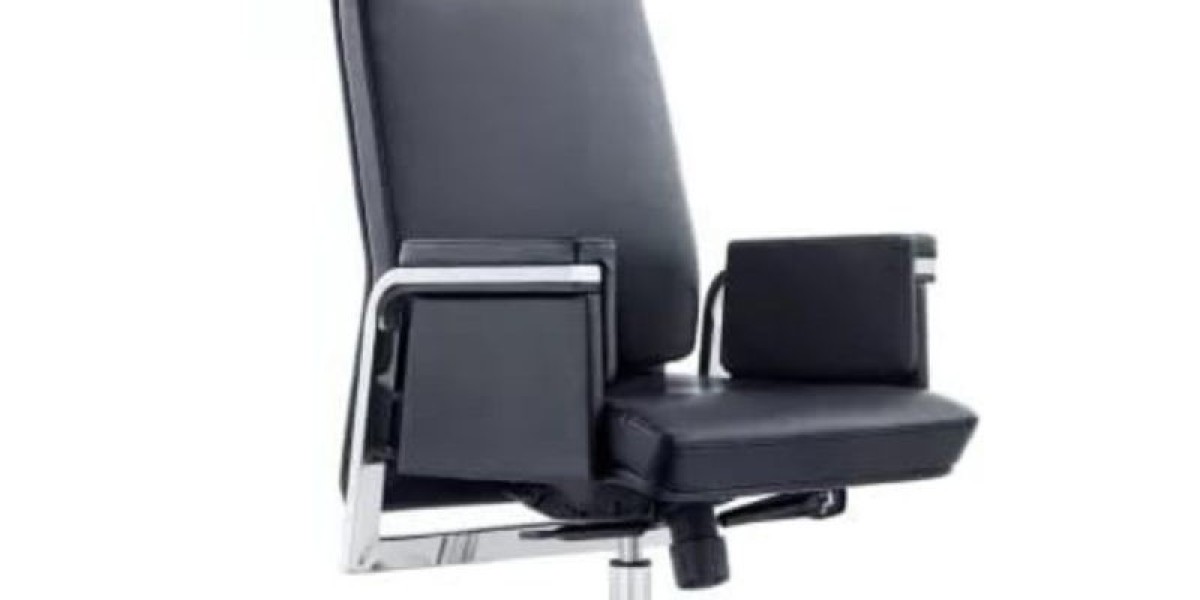Ever stood in a room that should have been quiet… but wasn’t?
Maybe it was a hotel room near a busy road, an office where every phone call echoed, or a residential unit where you could hear your neighbor’s TV like it was in your own living room.
When people start experiencing these issues, they often turn to soundproofing companies in UAE to find solutions. But the first question experts usually ask isn’t what material should we use? — it’s whether the space needs temporary sound monitoring or long-term sound testing.
It might sound technical, but the difference between the two can completely change the outcome, cost, and effectiveness of your acoustic strategy. Let’s break it down in a way that actually makes sense.
Understanding the Two Approaches
Before getting into comparisons, let’s walk through what these two methods really involve, in simple terms.
What Is Temporary Sound Monitoring?
Temporary monitoring is short-term. It’s usually conducted over a few hours, days, or sometimes a couple of weeks.
It’s ideal for:
Short construction projects
Event-based noise monitoring
Quick assessments during complaints
Early-stage investigations
This method gives you a snapshot of what’s happening during a specific period.
Think of it like checking the weather for one week versus tracking climate for ten years.
Useful? Absolutely.
Complete? Not always.
What Is Long-Term Sound Testing?
Long-term testing involves collecting sound data over an extended period — weeks, months, or even a full year.
This method is used for:
Ongoing industrial noise
Large infrastructure projects
Residential developments near highways
Permanent monitoring for compliance
It allows engineers to analyze patterns, trends, and peak noise times instead of relying on limited samples.
And here’s the thing — noise doesn’t behave the same every day. Traffic changes. Machines operate differently. Even wind and temperature affect sound.
Long-term testing captures all of that.
When Temporary Monitoring Actually Makes More Sense
Despite its limitations, temporary monitoring is incredibly valuable when used in the right situations.
It’s especially useful when:
You need quick results for decision-making
A project is short-term (like a festival or outdoor event)
You’re investigating sudden noise complaints
Testing specific time periods (like nighttime noise)
For example, if a hotel receives complaints about noise during weekend nights, engineers can install temporary sound sensors only during those hours to analyze that exact problem.
It’s focused, efficient, and cost-effective for short situations.
Where Temporary Monitoring Falls Short
However, short-term monitoring can miss crucial data if the noise problem isn’t consistent.
Let’s say you monitor an area for three days and everything seems fine.
What if heavy machinery operates once a week?
Or what if noise spikes only during certain seasons or traffic patterns?
In that case, temporary monitoring gives you incomplete answers.
It’s like judging a movie based on just one scene.
Why Long-Term Sound Testing Offers Bigger Insights
Long-term testing is where things start getting powerful.
By measuring sound over extended periods, acoustic engineers can understand:
Daily and weekly noise patterns
Peak traffic hours
Seasonal changes
Machine operational cycles
Long-term environmental impact
This deeper data helps create solutions that are not just reactive, but strategic.
If you’re working on residential towers near highways, for example, you don’t just need to block today’s traffic noise — you need to predict tomorrow’s.
And that’s exactly where long-term testing with soundproofing companies in UAE becomes essential.
Temporary Monitoring vs. Long-Term Testing: A Real-Life Example
Let’s say a new office tower is being built next to a metro line.
Temporary monitoring might show that noise levels are acceptable during the afternoon.
But long-term testing might reveal high noise peaks every morning and evening during rush hours.
If you only rely on short-term data, you might design a building that’s quiet in theory but chaotic in reality.
The result? Angry tenants, lease cancellations, and costly modifications later.
And trust me — retrofitting acoustic solutions is always more expensive.
How Sound Data Impacts Design Decisions
Here’s where it all connects to real outcomes.
When architects and engineers have accurate sound data, they can make smarter choices like:
Using the right wall and insulation materials
Installing acoustic glazing on specific facades
Relocating mechanical rooms
Improving ceiling and floor designs
Designing better space layouts
But those decisions depend heavily on how reliable the data is.
Temporary monitoring informs short-term fixes.
Long-term testing shapes long-term performance.
Each has its role.
Cost vs. Value: What Should You Consider?
Many people worry that long-term testing costs more — and yes, it usually does.
But here’s a little truth that’s often overlooked:
Fixing poor acoustics after construction can cost three to five times more.
Long-term testing isn’t just an expense.
It’s risk prevention.
When you catch sound issues early, you avoid:
Tenant complaints
Redesign costs
Legal disputes
Brand damage
Structural modifications later
It’s about thinking ahead, not just reacting.
Factors That Determine Which Option Is Right for You
Not every project needs long-term testing.
And not every problem can be solved with short-term data.
The right choice depends on:
Type of building (residential, commercial, industrial, hospitality)
Length of the project
Surrounding environment
Local noise sources
Compliance requirements
Budget and timeline
For example:
A pop-up festival needs temporary monitoring.
A hospital near a highway benefits from long-term sound evaluation.
It’s all about context.
How Professionals Decide on the Best Strategy
Acoustic specialists don’t just randomly choose between the two. They analyze:
Project goals
Noise sensitivity of the environment
Risk level
Long-term usage of the space
Then they recommend either one — or sometimes a combination of both.
Believe it or not, some large-scale projects use temporary monitoring at early stages, followed by long-term testing after construction begins. This layered approach gives them both speed and accuracy.
The Role of Regulations and Compliance
In the UAE, authorities are placing stronger focus on environmental comfort and noise control.
Certain projects require documented monitoring to prove that sound levels meet guidelines.
In many cases, long-term testing is preferred or even required because it provides consistent evidence over time.
This is especially important for:
High-rise towers
Industrial facilities
Areas near airports or highways
Large commercial hubs
Meeting compliance doesn’t just protect residents — it protects developers too.
People Don’t Just Hear Spaces, They Feel Them
Here’s something interesting.
People might not always consciously notice sound quality, but they definitely feel it.
Excessive noise leads to:
Stress
Fatigue
Poor concentration
Sleep disruption
Lower productivity
And when that happens, people associate those feelings with the building itself.
A well-controlled acoustic environment creates comfort, calm, and focus — without anyone even realizing why.
And that’s the mark of good design.
Long-Term Testing & Smart Cities
As the UAE moves toward smarter cities and infrastructure, sound monitoring is becoming part of digital building management.
Some buildings now have integrated sound sensors that:
Track acoustic patterns
Adjust mechanical systems automatically
Help predict maintenance issues
Support future design upgrades
This isn’t just about soundproofing.
It’s about creating living environments that evolve intelligently.
Frequently Asked Questions
Which method is more accurate?
Long-term testing provides more complete data because it accounts for variations over time. Temporary monitoring is accurate for short, specific conditions.
Is temporary monitoring cheaper?
Yes, but it’s best for short-term or limited problems. Long-term testing offers more value for large or permanent projects.
Do all buildings need long-term testing?
Not necessarily. Smaller or low-risk projects may work perfectly with temporary monitoring.
Can both methods be used together?
Absolutely. Many major projects benefit from an initial temporary phase followed by a long-term assessment.
Final Thoughts
At the end of the day, it’s not really a competition between temporary and long-term monitoring.
It’s about choosing the right tool for the right situation.
Both play an important role in creating quieter, more comfortable environments — especially when guided by experienced soundproofing companies in UAE that understand local conditions, regulations, and acoustic challenges.
When you think about it, sound isn’t just a technical issue.
It’s about how people live, work, and feel inside a space.
And when those spaces sound better, life just feels smoother too.








